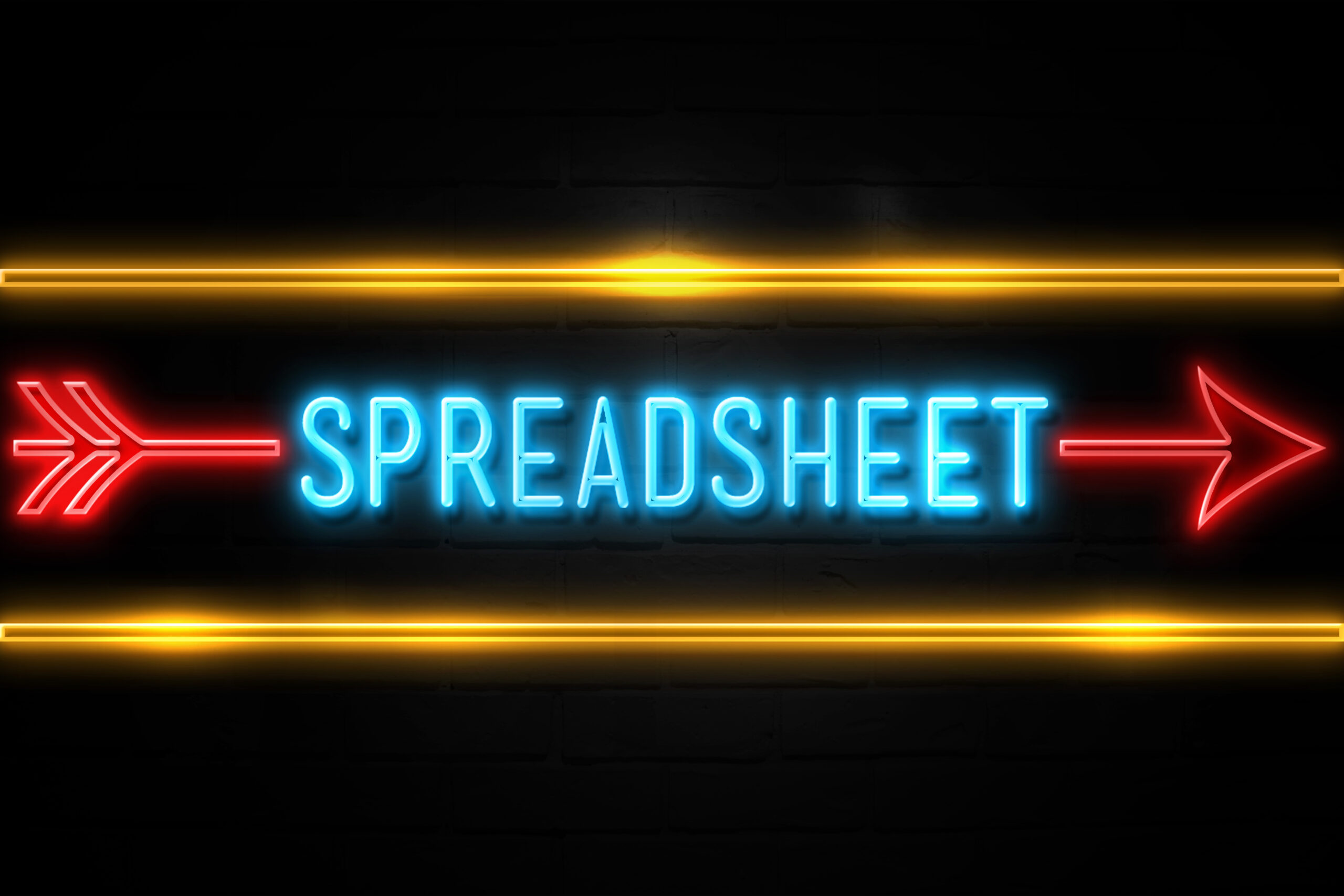
There are often many reasons why the tried and tested approach is the best way of doing things.
Through trial and error comes that knowledge and experience of how things should be done. But trial and error can also bring innovation and invention. Sooner or later someone, by chance or by design, comes up with a better way of doing what’s always been done. All the way from stone, to bronze, to iron, on to the industrial and now the information age. Today, although we’re in the midst of the biggest technological explosion of all time, there is often a reluctance to discard the ‘tried and trusted’ and take a leap of faith by embracing inventive and forward-thinking technology. Not only by the person in the street but industries, too. And the commercial and specialty market is no exception.
Let’s face it, the old tools are blunt
Customer expectation today is even more demanding, and that was before the pandemic. It doesn’t help that insurers are still largely relying on sluggish outdated rating systems to gather, process and analyse heaps of time-consuming data. Most underwriters are heavily wedded to their spreadsheets, and rightly so, these have been the lifeblood of their day-to-day operations to date. But rating spreadsheets aren’t geared up for leveraging new datasets, doing straight through processing (STP) for simple business, or for enabling automated decision-making.
To make matters worse, underwriting teams may be using a myriad of rating systems such as web quoting systems, and comparative raters – and these don’t necessarily ‘talk’ to each other. As such, they end up with data redundancy, inaccuracies, and duplication of efforts as rating changes are implemented. Mistakes, whether human or as the result of traditional solutions that aren’t designed for the task, can be frequent and costly. Let’s face it cumbersome, traditional rating engines built years ago are not only heavy on the desktop, but heavy on manual resource too.
Automated rating: a meeting of two worlds
With the exponential growth and availability of data – both structured and unstructured – it’s essential for insurers to abandon linear models. Spending time crunching spreadsheets and manually keying data doesn’t cut it when potential or current customers are waiting for accurate and reliable quotes. Or when you’re trying to enable predictive data and create multiple ‘what if’ scenarios in real-time. Actuaries and underwriters need to be armed with advanced complex dynamic models that use multi-dimensional rate plan analysis.
Today actuarial agility isn’t a differentiator, it’s a necessity
To stay agile and responsive in this highly competitive environment, the call is for inventive software technology that allows insurers to dramatically simplify and speed up the rate change process to hours instead of days or weeks. But this doesn’t mean underwriters need to rip out and discard their well-loved tools, or just live with the limitations of ‘old school’ ways.
In fact, new rating workbench technology can integrate with existing tools and enable a meeting of the two worlds.
With cloud-based rating components that seamlessly plug into legacy systems you can:
- Connect and use the best elements of existing systems and supercharge this with new data and strong analytical capabilities. This allows you to run new workflows and referrals with existing data and new sources.
- Automate and streamline the rating process for rapid accurate pricing. There’s one centralised pricing tool for actuaries to simply configure all complex pricing algorithms.
- Make accurate judgement decisions using rich data rather than relying on subjective human judgement.
- Eliminate end-user computing rating solutions by using existing Excel-based rating tools within a fully-integrated browser-based solution.
- Control end user access to pricing tools, as well as versioning of raters which ensures that correct and up-to-date pricing tools are used.
- Connect with APIs, third party data sources, custom models and data science platforms to leverage real-time data for actionable insights and enhanced decision-making.
Faster, easier, accurate pricing
Advanced integrated rating is a game-changing boost for insurers. By automating the ‘light touch’ elements, it really allows you do the things you love, only better. And it doesn’t need to be scary. Or done in one fell swoop. You can start with preloaded data, then add on AI and machine learning functionalities at a later stage and bring in new datasets via API.
It’s no surprise that many insurers are increasingly adopting cloud-based rating solutions that do all the heavy lifting. Don’t let the limitations of your existing systems stop you creating sophisticated, complex rating products. After all, your business aspirations have changed over time, isn’t it time your tools changed too?
Author info: Andy Moss – Co-founder and COO at Send. To get in touch with Andy and find out more about Send, you can find him on LinkedIn.